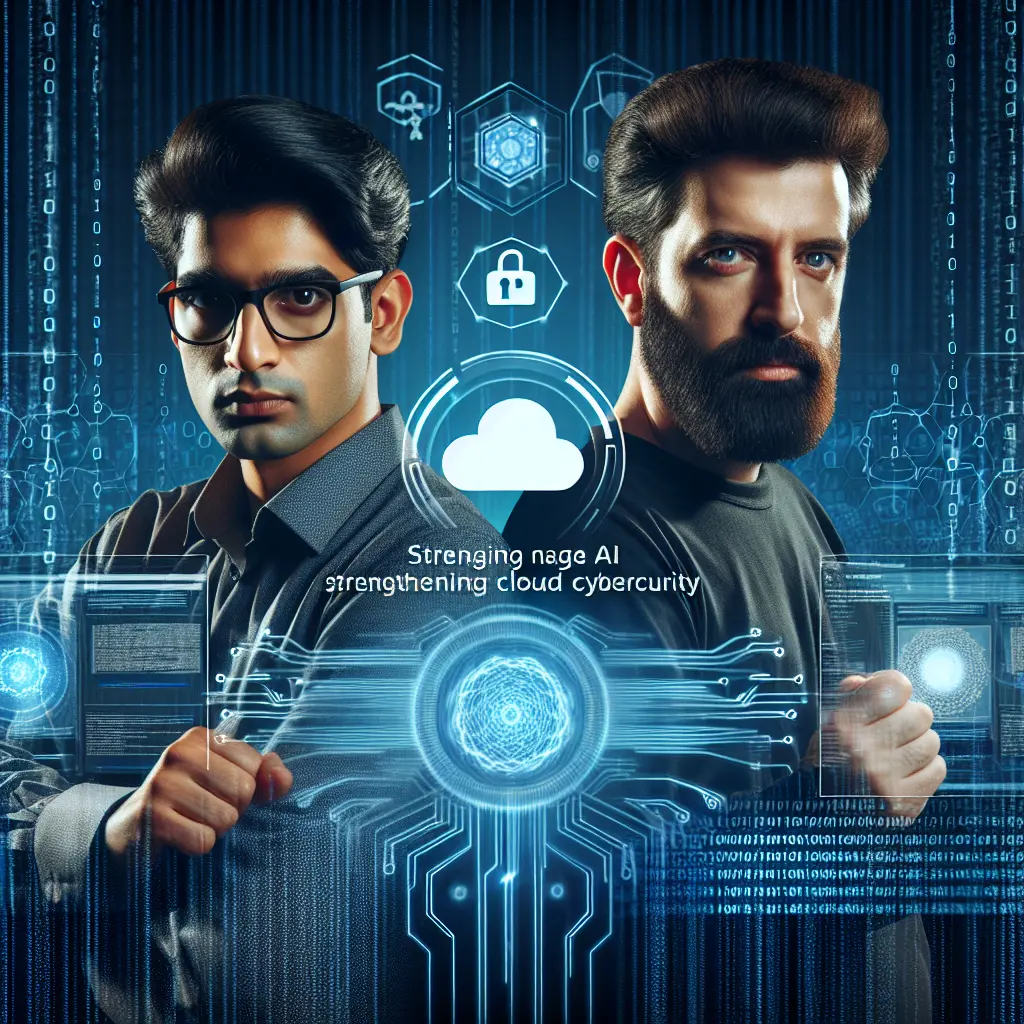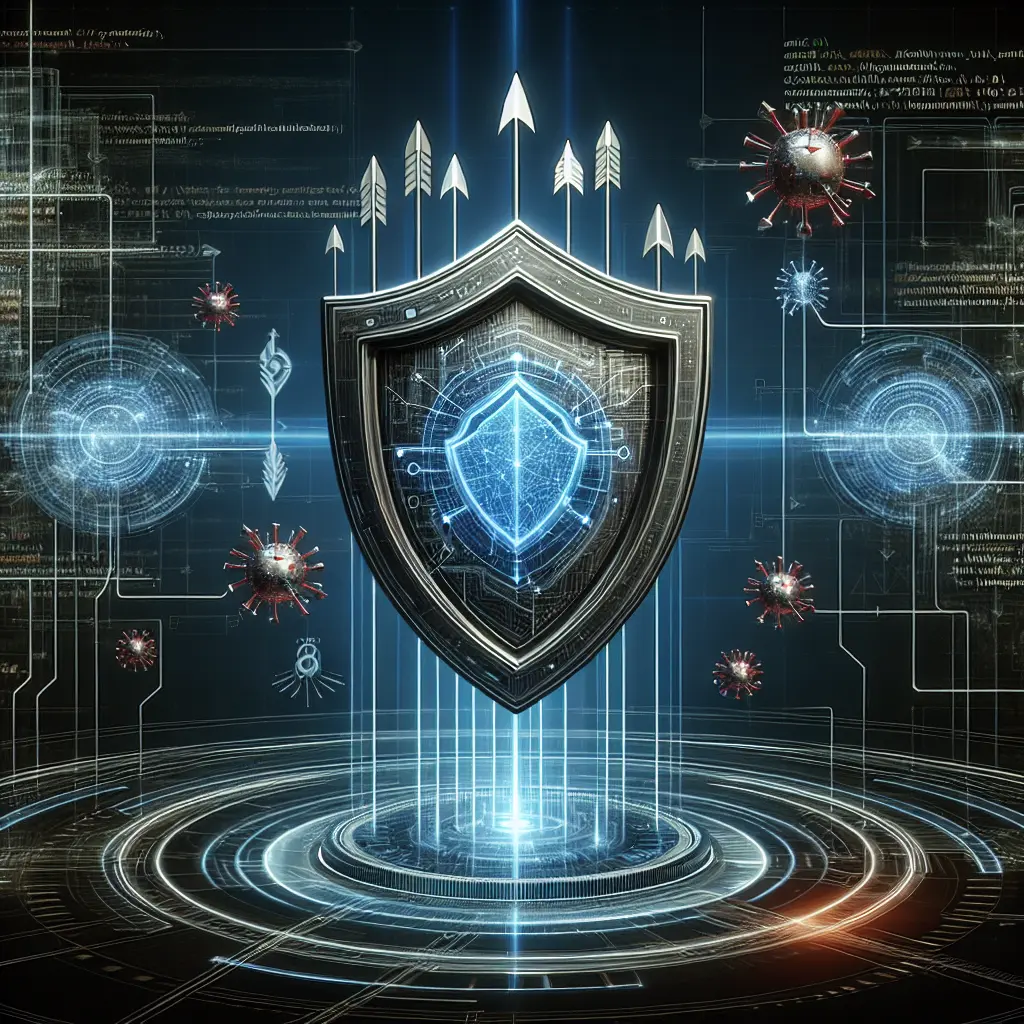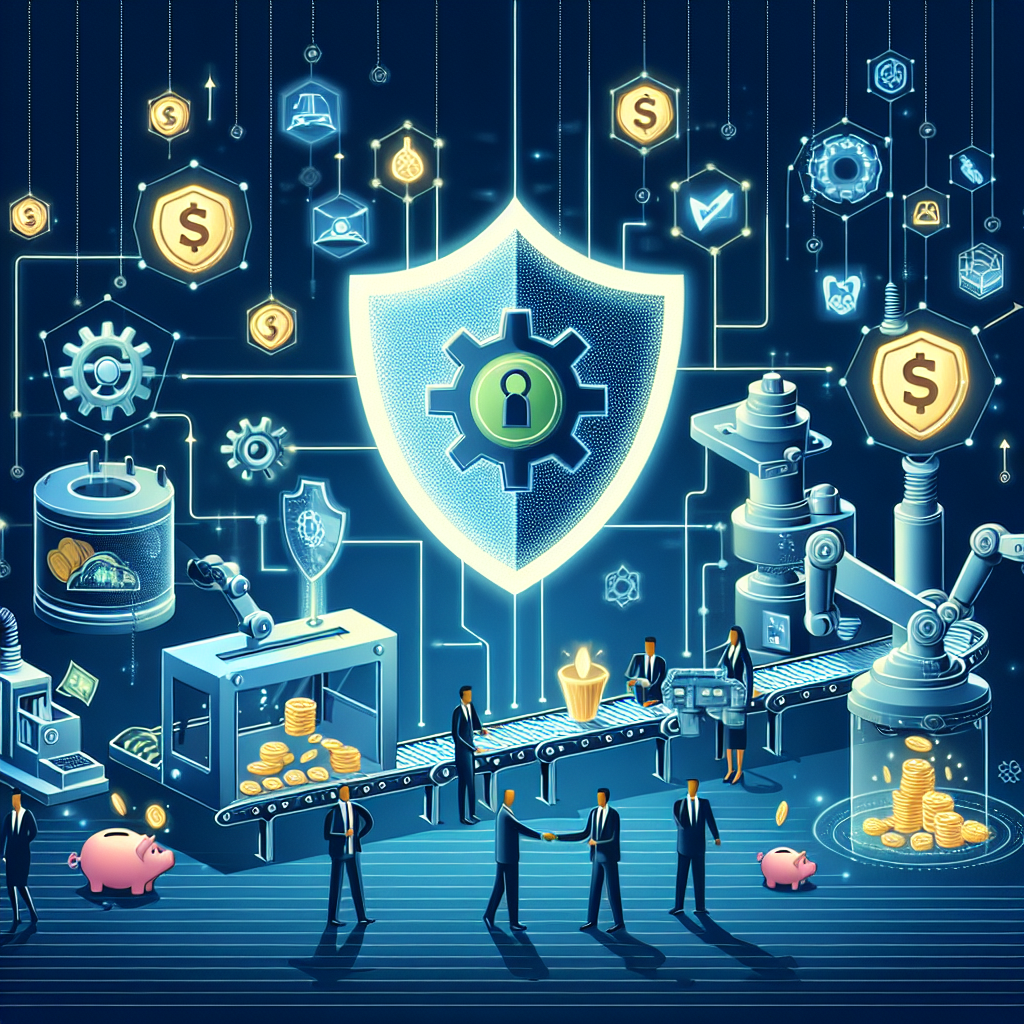Artificial Intelligence is rapidly transforming the cybersecurity landscape, acting simultaneously as both a powerful weapon for cybercriminals and an indispensable shield for defenders.
In today's digital age, the integration of Artificial Intelligence (AI) into cybersecurity has created a high-stakes battleground where algorithms clash, adapt, and evolve. The once-clear divide between attacker and defender is now blurred, as both sides deploy sophisticated AI tools in their relentless quest for dominance.
The Rise of AI-Driven Cyber Attacks
Cybercriminals are leveraging AI in unprecedented ways, creating attack vectors that were nearly unimaginable just a few years ago. The statistics speak volumes:
Voice phishing (vishing) attacks increased by 442% in 2024.
67.4% of phishing attempts leveraged AI technology.
Deepfake fraud attempts soared by 2,137% over three years.
With AI, attackers craft highly personalized and convincing messages targeting specific individuals. For example, a multinational company suffered a $25 million loss after criminals used deepfake technology to impersonate executives during a conference call. By harvesting data from public sources, these attackers flawlessly mimicked trusted voices, deceiving even the most vigilant employees. Such AI-powered schemes adapt quickly, learning from previous breaches to continuously refine their techniques—making detection and prevention an ever-moving target.
AI as a Defensive Powerhouse
Fortunately, organizations aren’t standing still. Cybersecurity professionals are embracing machine learning and AI to revolutionize threat detection and response:
Machine learning identifies vulnerabilities with 98% accuracy.
Organizations employing extensive AI security save an average of $2.22 million per breach.
AI systems can process up to 85% of security alerts automatically, allowing human teams to focus on more complex threats.
These systems excel at pattern recognition, swiftly flagging abnormal behaviors and correlating suspicious events across entire networks. Financially, breaches are detected faster—reducing detection time by 33%—and automated containment measures activate almost instantaneously, limiting potential damage.
The Cost of Cybercrime and the Investment Imperative
The stakes have never been higher. Global cybercrime costs are projected to reach a staggering $10.5 trillion by 2025. For comparison:
Average data breach cost in 2024: $4.88 million
Average breach cost for financial institutions: $9.28 million
This enormous financial risk is propelling organizations to invest aggressively in AI-driven security solutions, aiming to outpace threats before they materialize.
Implementation Challenges: Skills Gaps and Complexity
Despite the promise of AI-enhanced security, many organizations struggle to keep up. Only 4% of companies have mature cybersecurity postures. Over half report severe shortages in skilled cybersecurity professionals with expertise in both traditional security and emerging AI tools. Integration hurdles abound, as legacy systems often conflict with new AI requirements.
The rapid evolution of AI technology is outpacing workforce training, and the complexity of merging new solutions with existing infrastructures can stall progress. As a result, some companies postpone implementation, leaving themselves vulnerable to evolving threats.
Strategic Insights and the Path Forward
AI stands as both a creator and a solver of cybersecurity challenges—a true double-edged sword. Early adoption and strategic investment in AI defense offer organizations a competitive edge, but success depends on more than just buying the latest technology.
To fully realize AI’s protective power, organizations must redesign training programs for continuous learning, foster a culture of security awareness and adaptability, and balance modernization with operational continuity. Ultimately, unless there is a fundamental shift in how AI is developed and utilized, defense mechanisms will always be chasing the latest breach rather than proactively preventing it.
The Double-Edged Sword of AI in Cybersecurity
For a deeper dive into how AI is reshaping cybersecurity’s frontlines, you can read the full article here.
Stay vigilant, stay informed, and remember: in the ever-evolving world of cybersecurity, adaptation is your best defense.
As artificial intelligence continues to evolve, its impact on both cyber threats and defense mechanisms will only intensify—making proactive strategies more crucial than ever.
The future of cybersecurity lies in our collective ability to adapt, learn, and outsmart both the technologies we create and those that threaten us.









Leave a Comment